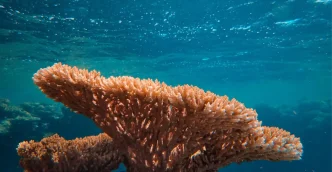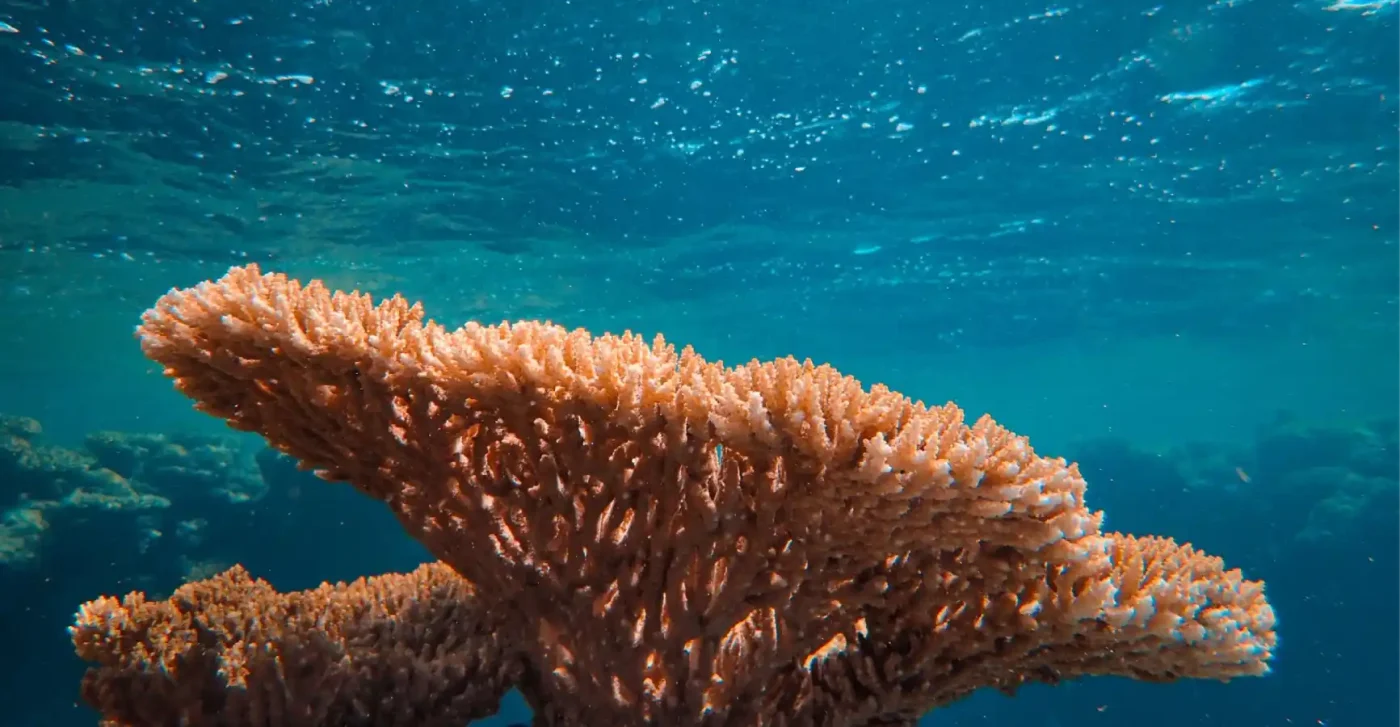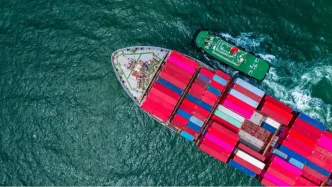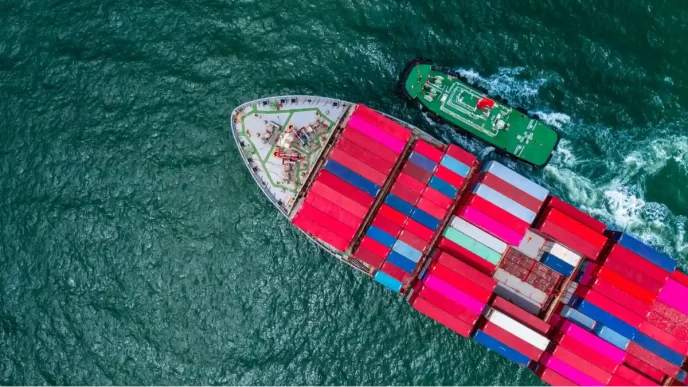Singapore’s coral reefs, already adapted to the murky waters of the region, face a growing threat from sedimentation and climate change, according to a recent study by scientists at Nanyang Technological University (NTU). As coastal development accelerates across South-east Asia, mud from land reclamation and heavy rainfall is smothering reefs, hindering their recovery from bleaching events driven by rising sea temperatures. With Singapore embarking on ambitious coral restoration projects, the findings raise urgent questions about the future of these vital marine ecosystems.
A Murky Challenge for Resilient Reefs
Singapore’s waters have long been known for their turbidity, a condition that limits visibility for divers but has not historically spelled doom for local corals. These reefs, spanning thousands of years, have evolved to survive in sediment-heavy environments. However, a study published in the Marine Pollution Bulletin in March 2025 reveals a critical tipping point: while corals can handle suspended sediment carried by currents, excessive mud settling on their surfaces poses a severe risk.
Led by Assistant Professor Kyle Morgan of NTU’s Asian School of the Environment and the Earth Observatory of Singapore, the research examined six reef sites in the Southern Islands, including Pulau Hantu, Pulau Satumu, and Pulau Semakau. The team found that mud from human activities—such as land reclamation, seafloor dredging, and regional land-use changes—combined with natural sources like rainfall run-off and sediment from Sumatra’s rivers, is accumulating on reefs at alarming rates. “As coastal development in the region increases, greater amounts of mud are being washed into the sea during rainfall events” said Prof Morgan. “Even corals which have adapted to living in murky waters will struggle to grow when there is too much sediment.”
The impact is starkest after bleaching events, where corals expel their symbiotic algae under heat stress, turning ghostly white. Reefs with high mud accumulation show slower or no recovery post-bleaching, as sediment prevents new corals from settling and exacerbates stress on existing ones. “For the very muddy reefs, there would be no or very little bounce-back after bleaching” said PhD student Marlena Joppien, the study’s first author. “The mud covers the soil surfaces. No new corals can settle.”
Bleaching and Beyond: A Double Threat
Climate change adds another layer of peril. Marine heatwaves, expected to become more frequent and intense, are a primary driver of coral bleaching. Singapore’s reefs endured a significant bleaching event between May and October 2024, with an estimated 5 percent of corals failing to recover. While most have bounced back, the NTU study suggests that future events, combined with sedimentation, could push recovery rates even lower.
Prof Morgan advocates for halting coastal development near reefs during marine heatwaves to minimize additional stressors. “Corals are very good at surviving high turbidity, but they’re not very good at surviving high sedimentation” he said, drawing from fieldwork conducted in 2021 across the six study sites. His observations highlight a critical distinction: reefs thrive when currents flush sediment away, but suffer when mud settles, a process often worsened by human activity.
Contrasting Fortunes Across the Southern Islands
The study reveals stark differences among Singapore’s reefs. Pulau Satumu, home to Raffles Lighthouse and the southernmost point of Singapore, emerged as a beacon of hope. Its reefs, benefiting from strong tidal currents, showed the lowest mud content in sediment samples and boasted thriving fish populations. “For Satumu, it’s the way the island is oriented” noted Prof Morgan. “As the tide turns, you get very strong currents that run across the reefs consistently.”
In contrast, Pulau Semakau—site of Singapore’s only landfill—presented a worrying picture. Among the six locations, it had the highest mud content, lowest coral cover, and poorest visibility. Reclamation and development works for the landfill likely contributed to reduced water flushing, allowing mud to settle on reefs. The presence of macro-algae and seaweed, indicators of nutrient overload, further signals a disturbed ecosystem. “If you have a lot of sediment on a reef, you’ll have a lot of macro-algae” said Prof Morgan. “That’s what you don’t want to see, because that is a shift from a coral-dominated reef to now an algae-dominated reef. You lose all the organisms that might rely on corals.”
Pulau Hantu, another key site, sits somewhere in between, with corals persisting amid mud and sediment but facing similar risks from ongoing development pressures. These variations underscore the need for tailored conservation strategies that account for local conditions and current flows.
Coastal Development: A Balancing Act
South-east Asia’s rapid urbanization and infrastructure growth are central to the sedimentation crisis. Land reclamation, a cornerstone of Singapore’s expansion, not only introduces sediment into the water but can also alter currents that would otherwise clear muddy areas. “Land reclamation puts sediment in the water, but it can also hinder or change the direction of currents that actually flush out muddy areas” said Ms Joppien. Developers, she argues, must assess how projects impact marine environments, particularly reef ecosystems already under strain.
Beyond Singapore, regional activities exacerbate the problem. Rivers in Sumatra channel sediment toward Singapore’s waters, while ship traffic and dredging further elevate turbidity. Over decades, these cumulative effects have intensified the challenges for reefs that, while resilient, are not invincible. Marine biologist Huang Danwei of the NUS Lee Kong Chian Natural History Museum praised the NTU study as groundbreaking, noting it provides “direct evidence that land reclamation and run-off from land can drive the loss of corals and lower their resilience against climate change impacts.”
Restoration Hopes Amid Rising Risks
Singapore has taken proactive steps to protect its marine biodiversity, launching a multi-year initiative to plant 100,000 corals in its waters. The NTU findings offer practical guidance for such efforts. Prof Morgan suggests prioritizing areas with higher current flows for coral seeding and elevating planted corals on racks above the seafloor to avoid sediment accumulation. “You’ll be looking for places with higher current flows, and another option is to elevate the planted corals on racks above the seafloor, so the sediments will fall through” he said.
Yet, restoration alone cannot address the root causes. Without curbing sedimentation from development and mitigating climate-driven heatwaves, even the most ambitious projects may fall short. The study’s insights are a call to action for policymakers, developers, and scientists to collaborate on sustainable coastal planning. If unaddressed, the dual threats of mud and warming seas could transform Singapore’s reefs from vibrant habitats into algae-choked relics.
Global Lessons from a Local Crisis
Singapore’s coral dilemma mirrors challenges faced by reef systems worldwide, from Australia’s Great Barrier Reef to the Caribbean. Coastal nations grappling with development pressures and climate impacts can draw lessons from this research. Balancing economic growth with environmental stewardship requires innovative engineering—such as designing projects to preserve natural currents—and stricter regulations on sediment discharge during vulnerable periods like heatwaves.
For Singapore, a city-state where land is scarce and reclamation a necessity, the path forward is particularly complex. The government has made strides in marine conservation, but the NTU study underscores the urgency of integrating reef health into broader urban planning. Public awareness, too, plays a role; divers and residents who cherish these underwater worlds can advocate for policies that prioritize long-term ecological health over short-term gains.
As climate change accelerates and coastal projects multiply, Singapore’s reefs stand at a crossroads. Will they continue to defy the odds in murky waters, or succumb to the weight of mud and heat? The answer hinges on decisions made today—decisions that could shape the marine legacy of this island nation for generations to come.
















